Date: 17-21.7. 2023
Team: Tomáš Dino Holer, Petr Hataš, Jan Doněk, Tomáš Klacek
After a long time, we wanted to go on an expedition in the original composition of the Herpetology.cz team. In the end, Tomáš Caska couldn’t go, so Petr and I had to find substitutes – Honza and Tomáš K. The goal of the trip was clear. Petr had never seen alpine salamanders, so we wanted to fulfill his wish. I wanted to try to find one of the rarest European tails – a subspecies of the black salamander – Salamandra atra aurorae a S.a. pasubiensis.
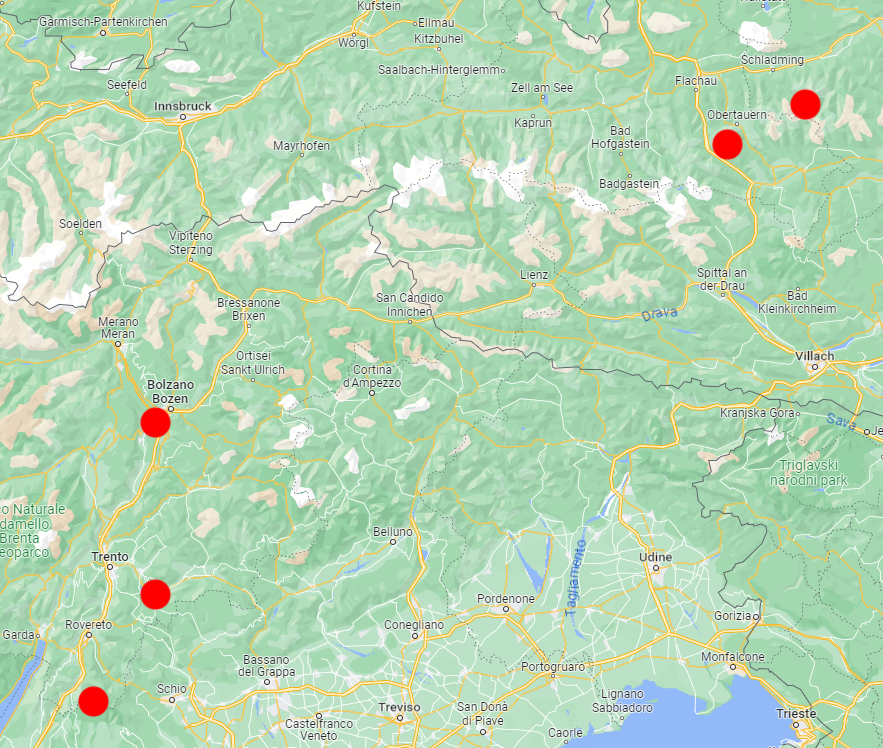
Tomáš proved to be a useful new member of the expedition right from the start when he told us about his locations in Austria for alpine salamanders. So the itinerary was clear. Petr and I left Prague on Monday around 11 a.m., picked up Tomáš in Říčany and continued towards Veselí, where Honza was already waiting for us. The journey went smoothly and soon we found ourselves at the destination near Schladming. Right by the parking lot, we treated ourselves to a dewy treat in the local mountain hut. After that, we already put on our backpacks with equipment and set off on our own to the beautiful Alpine valley.
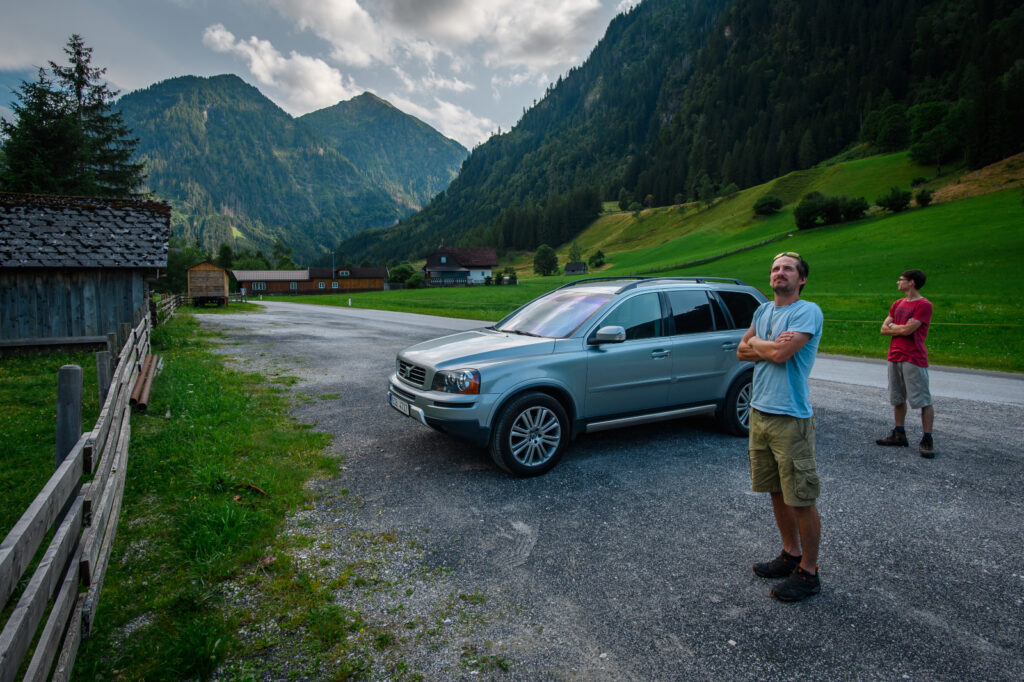
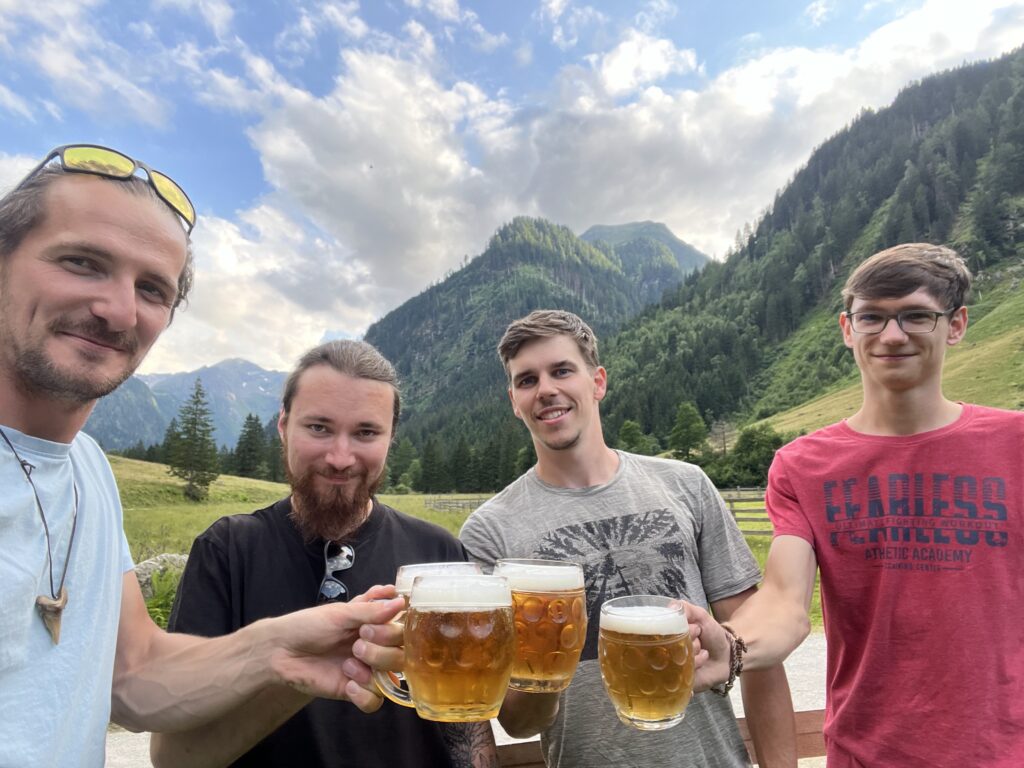
Along the way, we came across a well carelessly covered with several boards. A full-grown common frog was trapped at its bottom, so we immediately started rescuing it. Both the frog and his rescuer Tomáš survived the event, so we took a few quick photos and continued on our way.
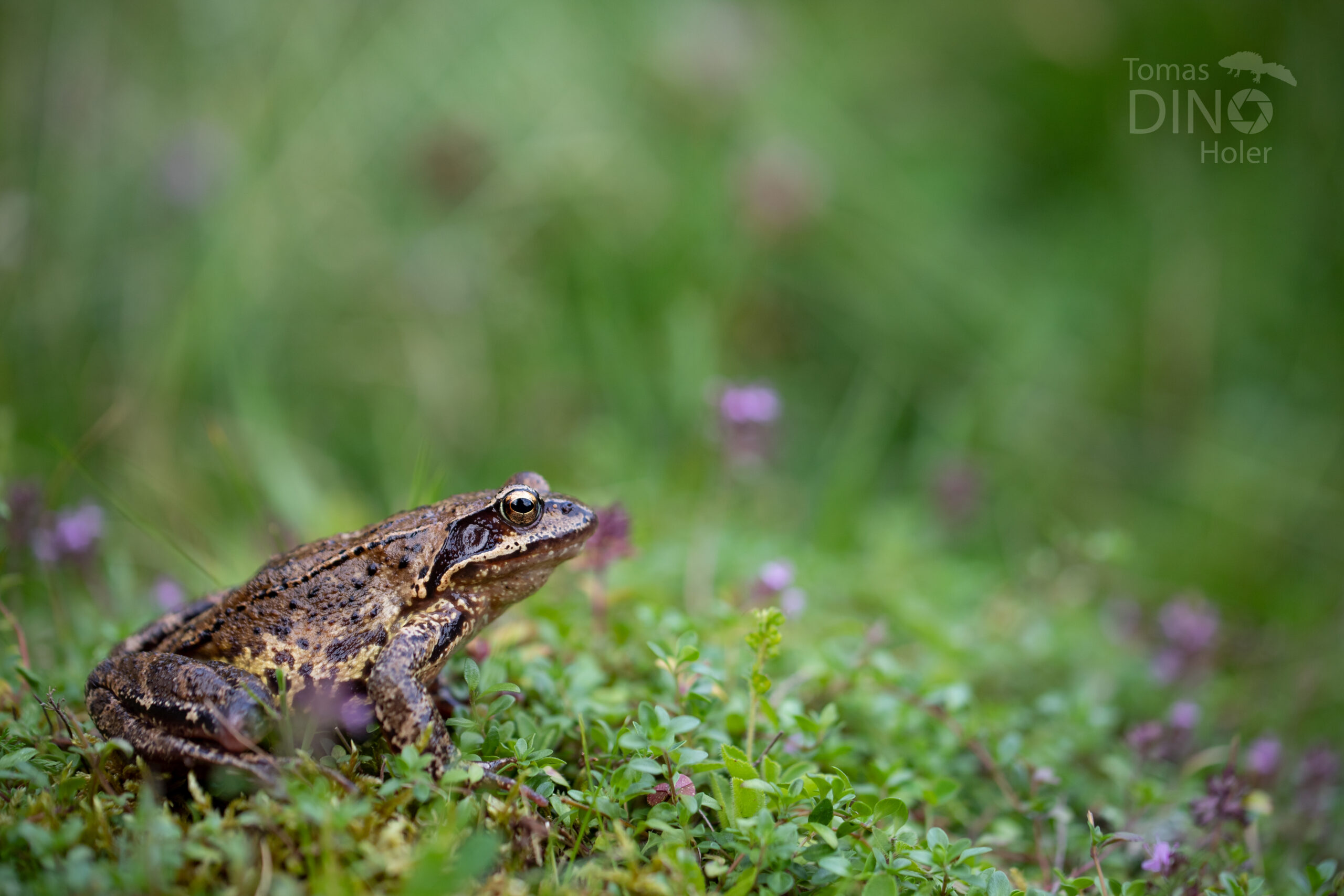
After about an hour, we arrived at a beautiful lake that lured us to take a group photo. We continued along the shore surrounded by beautiful nature, an unusually juicy coniferous forest and enjoyed the clean mountain air. The numerous lichens hanging from the branches around the road testified to the purity of the air. We were already approaching the target area. Finding the first salamander didn’t take long, and we immediately got down to filming and photographing. But soon we had to pack everything up and quickly make our way back to the car, as black clouds began to gather over the mountain peaks surrounding the valley and thunder could be heard in the distance. It was getting dark and it started to rain, and just along the way we met dozens of alpine salamanders, common frogs and common toads.
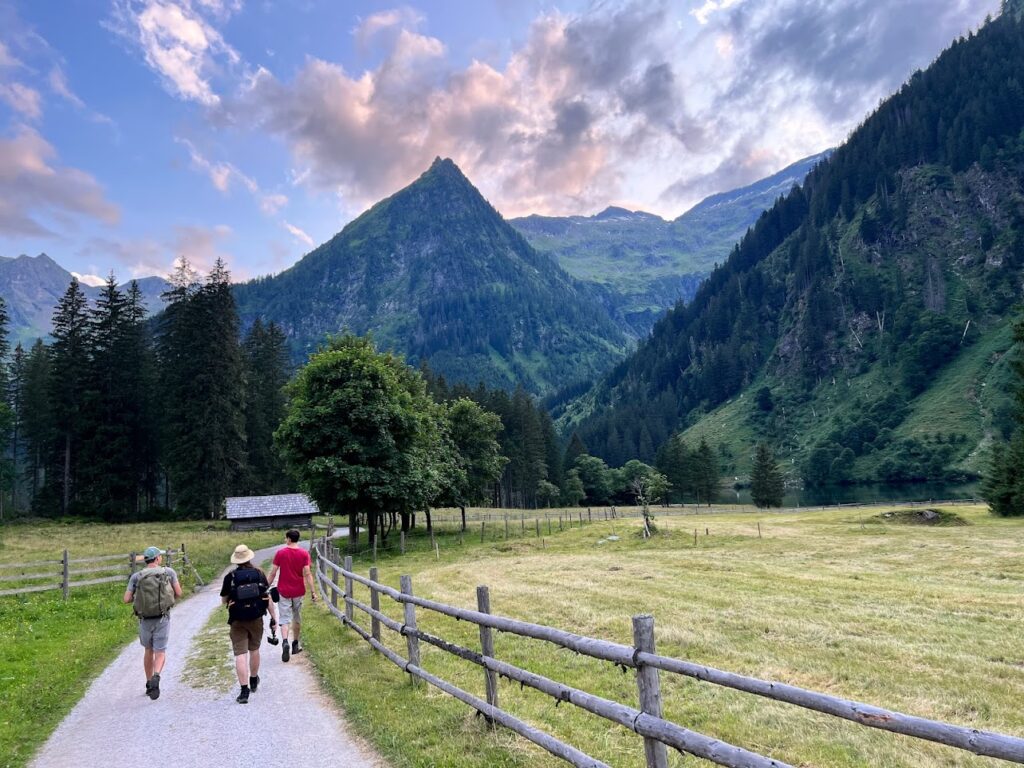
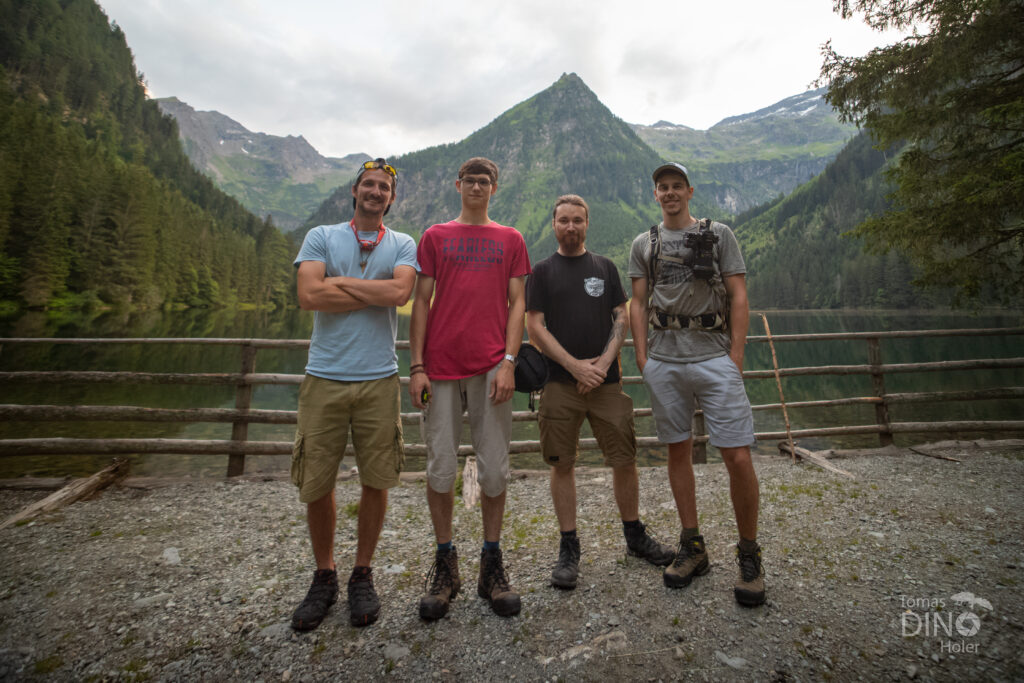
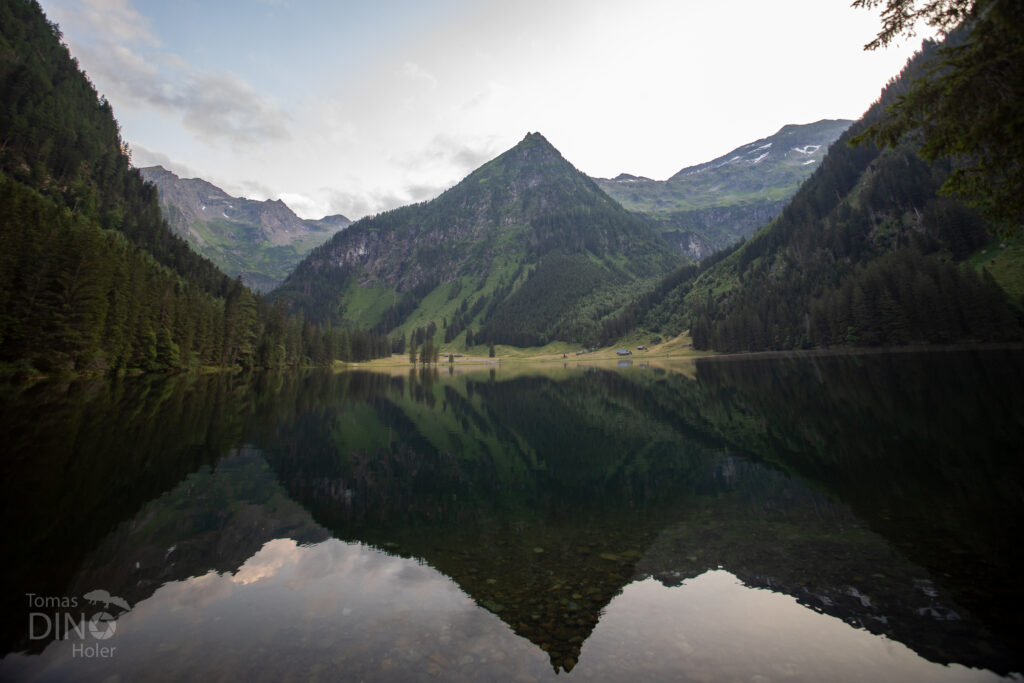
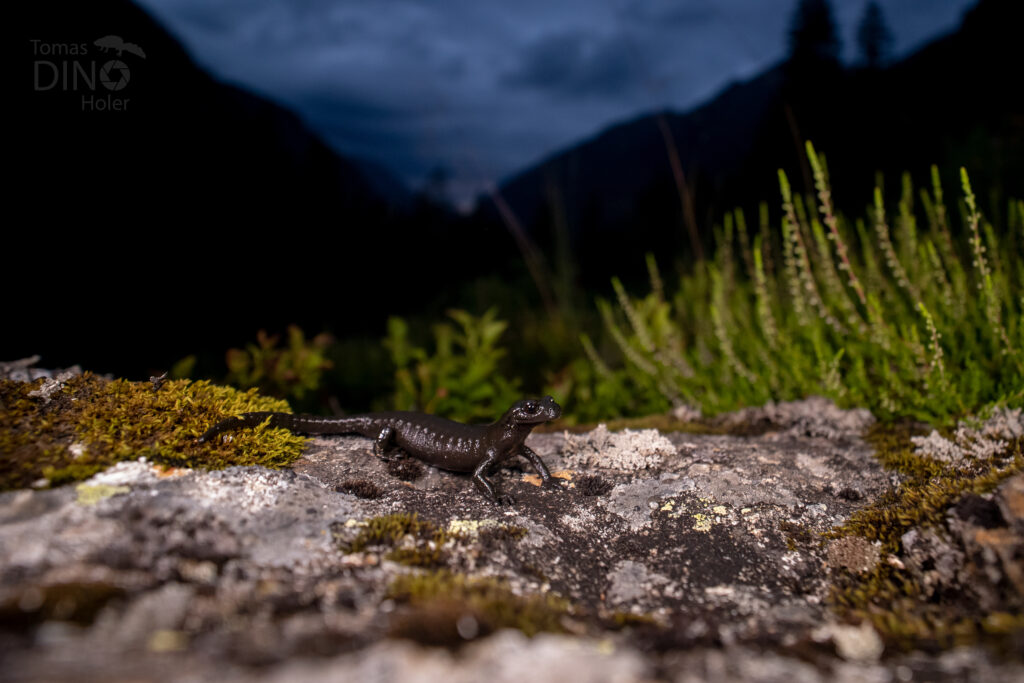
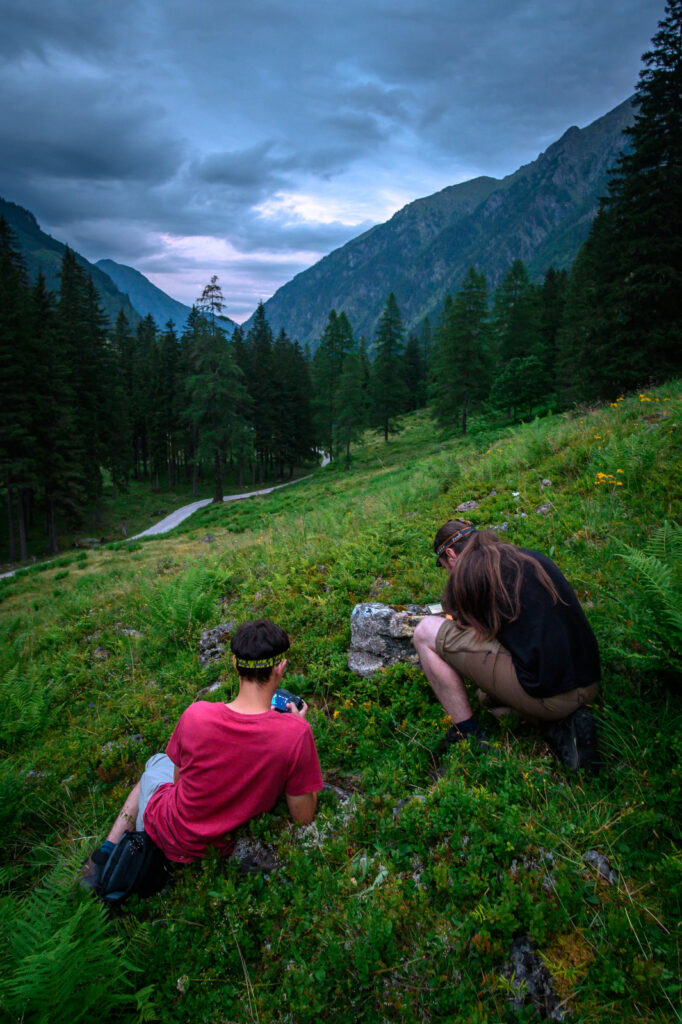
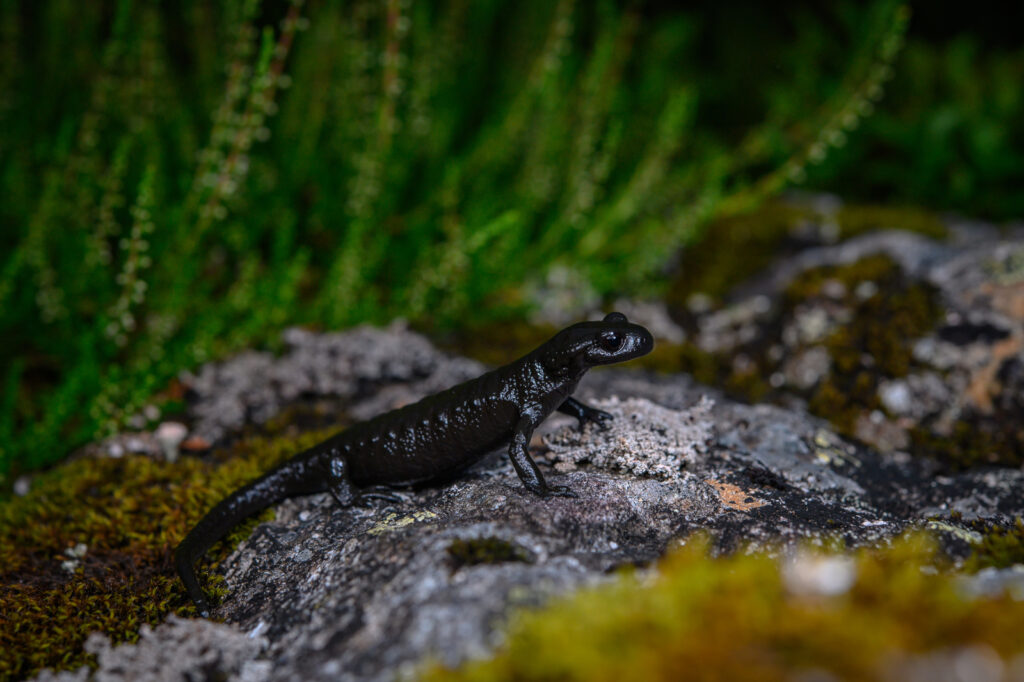
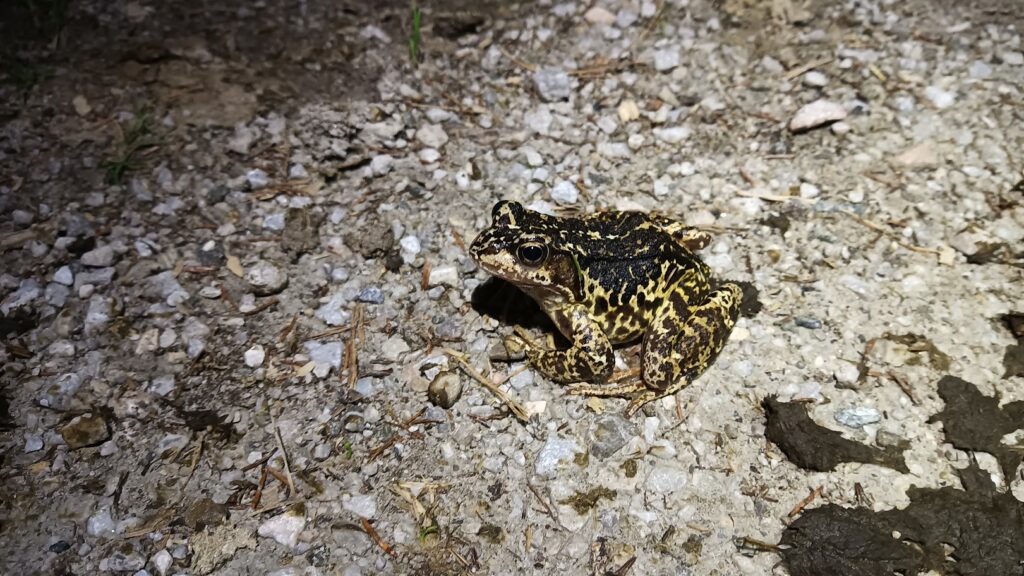
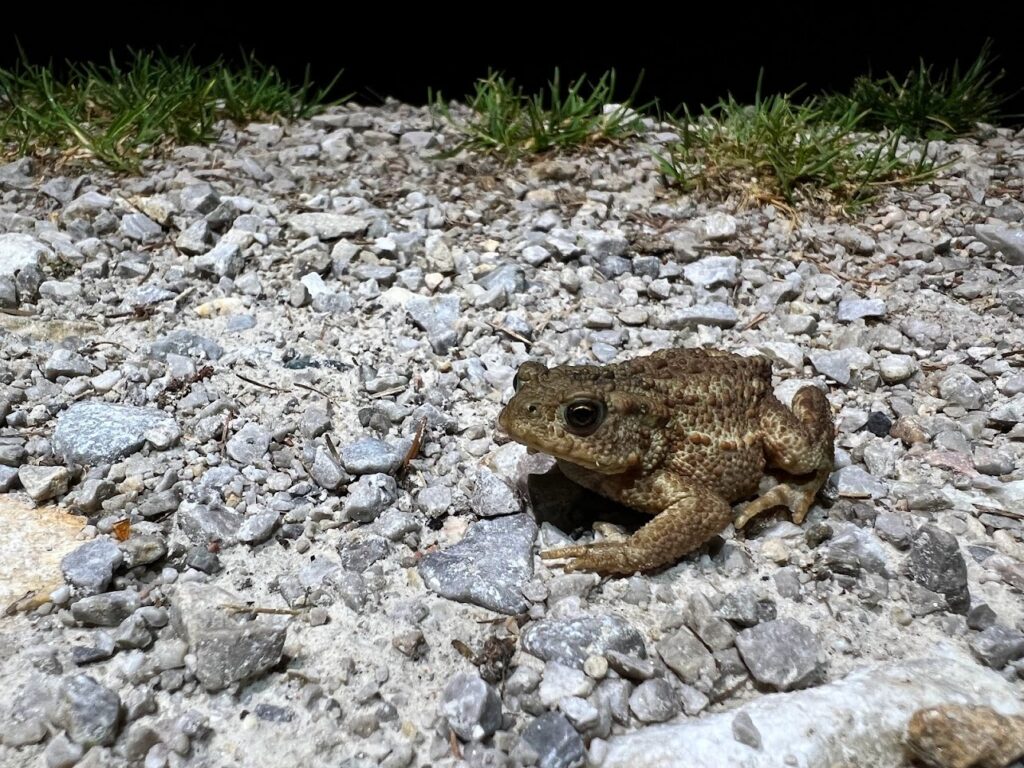
It quickly became apparent that our hasty dash was justified as a mad downpour began and lightning was flying everywhere. But we were already sitting in the car and set off to look for a place to sleep. It took us a while to find a suitable place where the storm had already passed, but in the end we succeeded.
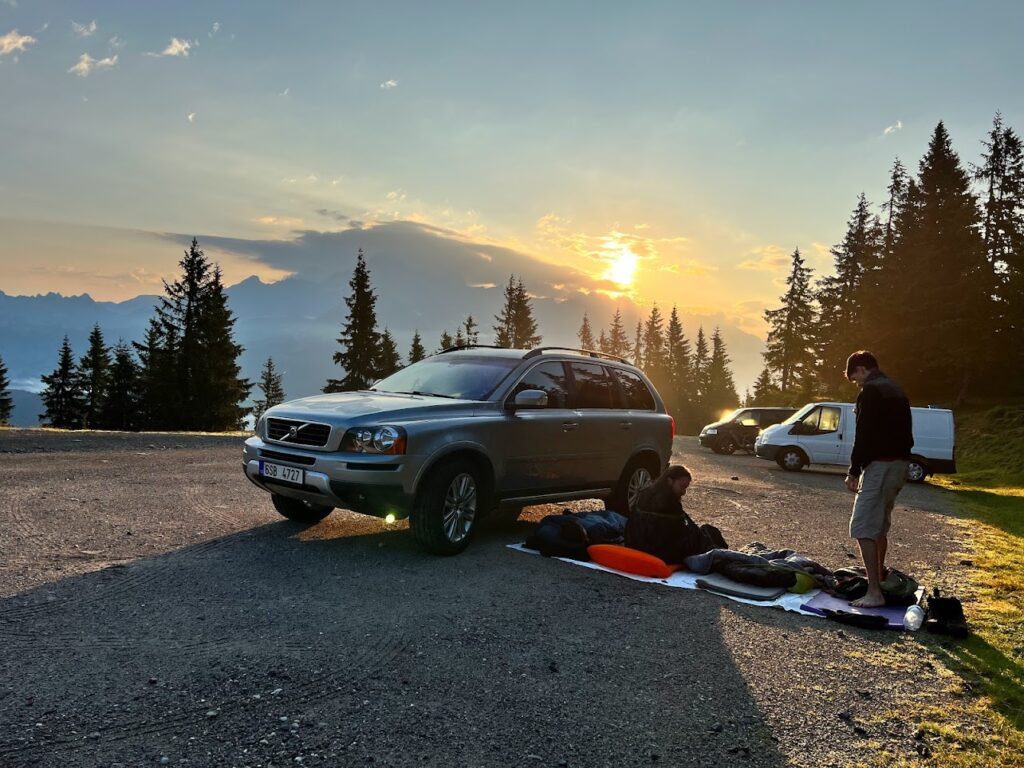

In the morning we woke up on a high altitude parking lot and admired the beautiful views of the landscape. A quick breakfast and coffee followed and we were on our way again.
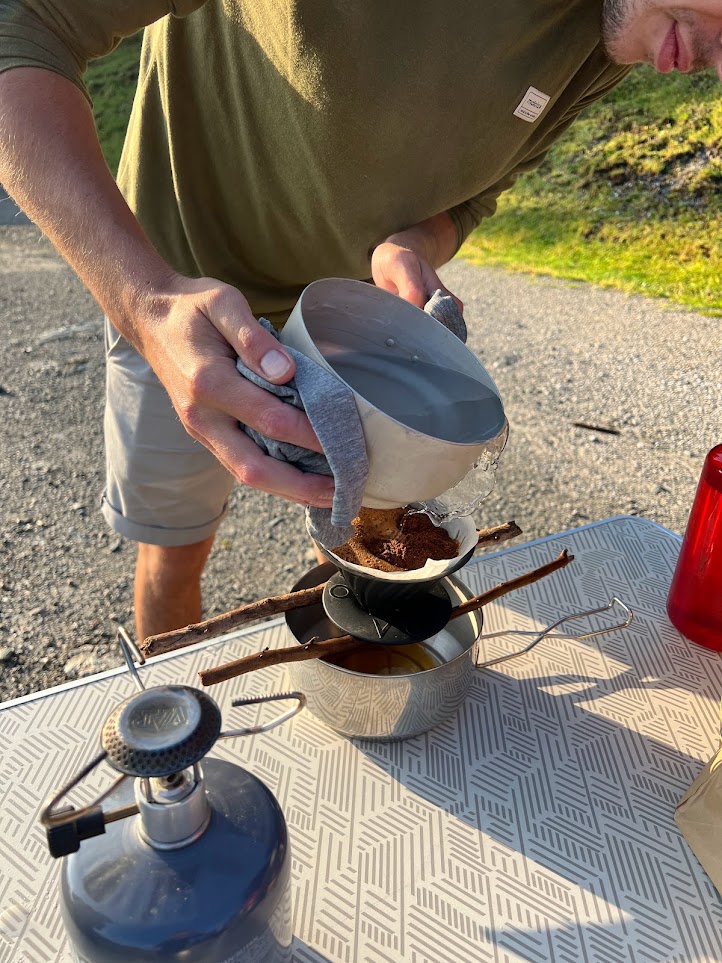
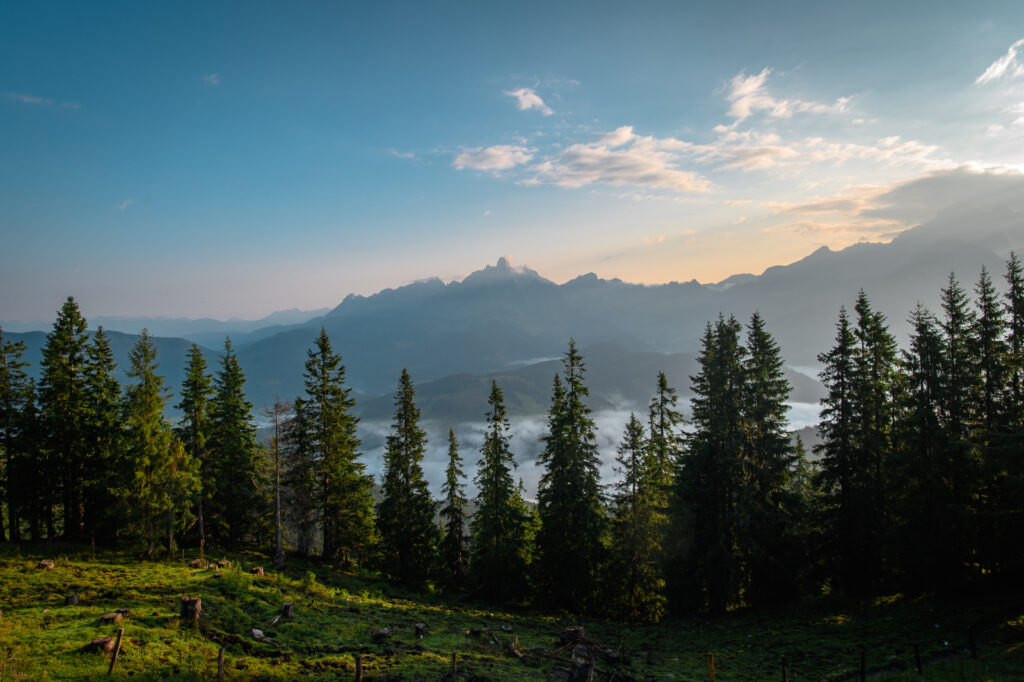
Tomáš was again in charge of this morning’s locality and he took us to a wonderful waterfall. A viviparous lizard (Zootoca vivipara) basked in a pile of stumps by the road.
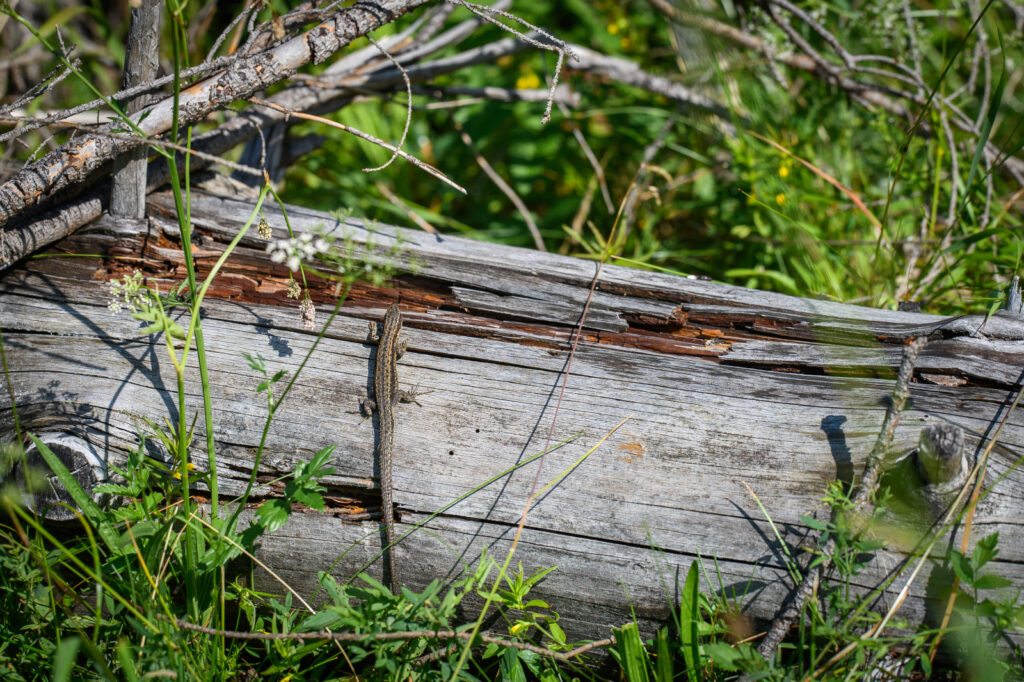
A short distance behind the waterfall, we managed to find several alpine salamanders. A herd of cows looked after the forest here. We didn’t stay too long, because today we had a longer crossing to Italy.
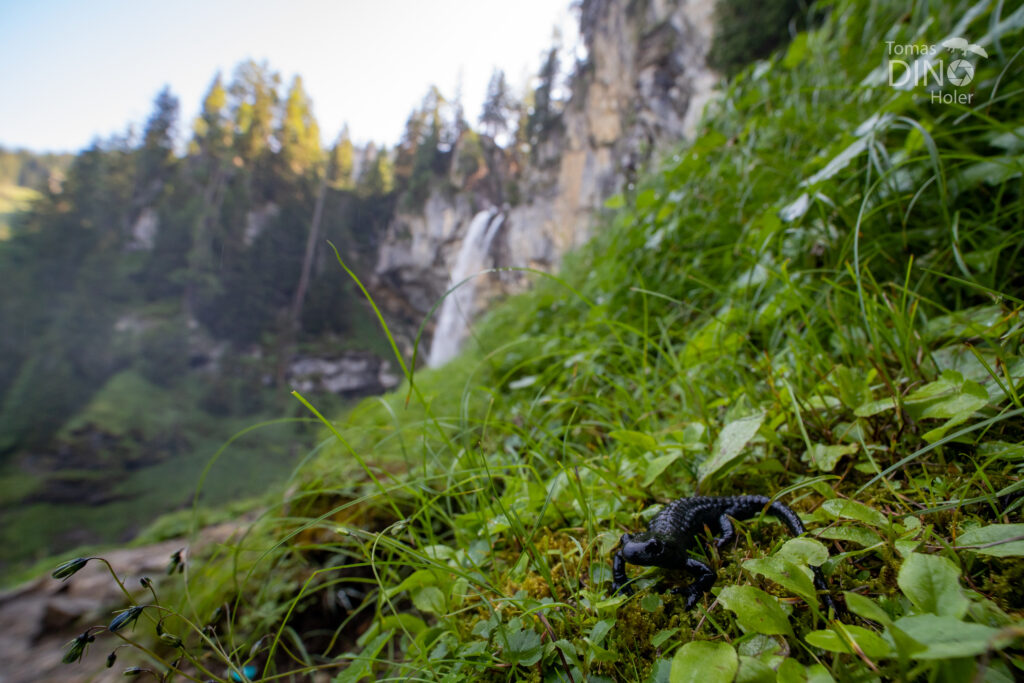
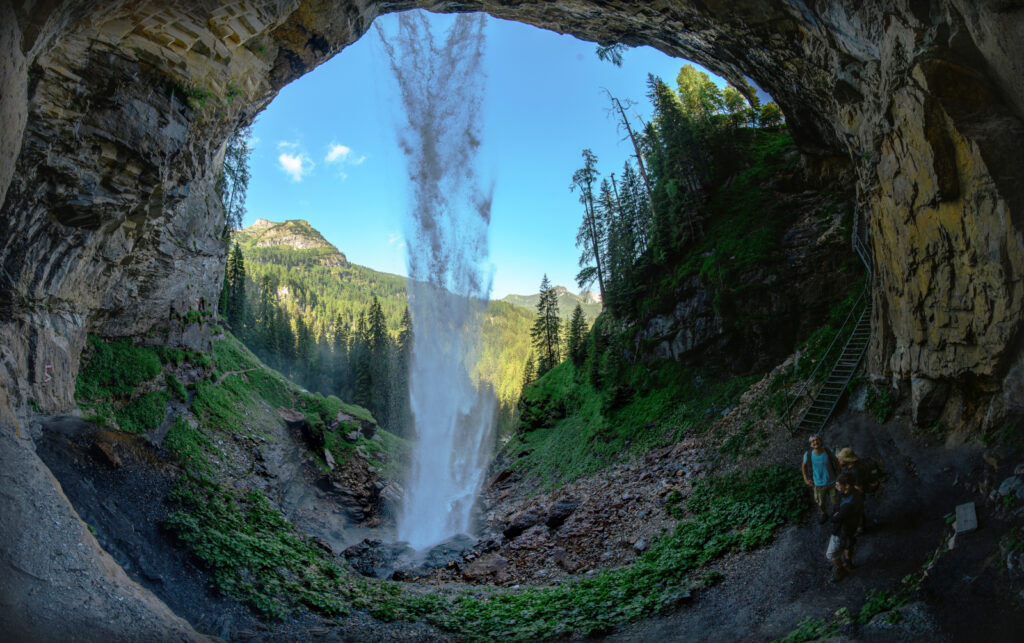

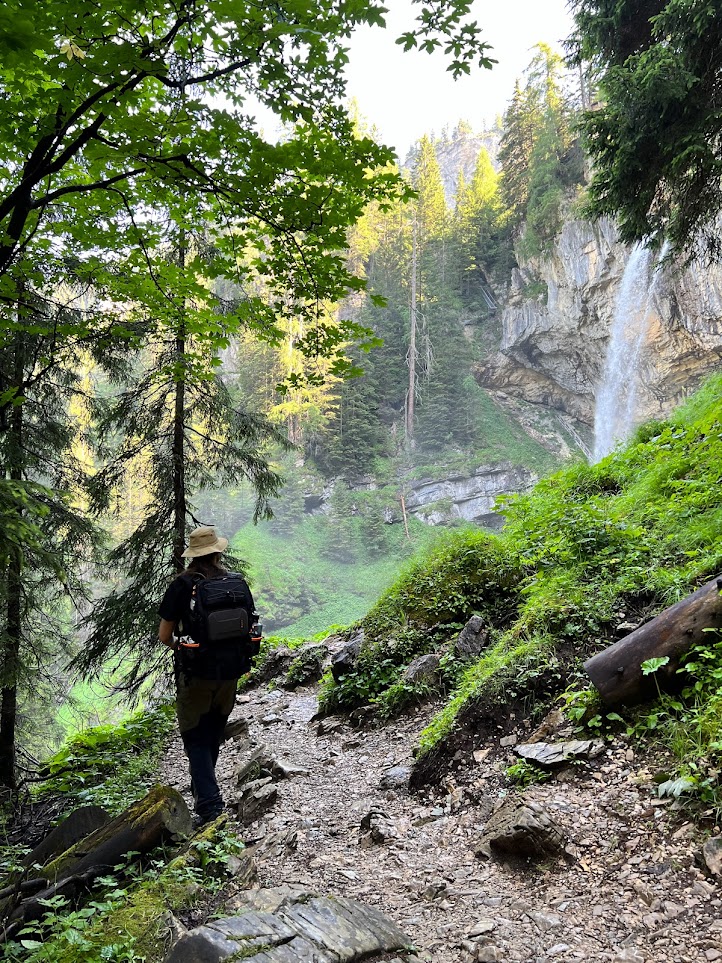
On the way, we stoped to swim at the lake near the nose-horned viper site. However, the weather was not in our favor and unfortunately we did not see any vipers in the hot afternoon. So we continued to Italy. The next stop was an eco-centre for the repatriation of griffon vultures (Gyps fulvus). Several individuals of these giant predators were circling above the station. We were then able to take a close look at the injured birds, that are cared for in the ecocentre. They also had an exhibit with a nose-horned viper (Vipera ammodytes), which finally showed itself to us when it came out of hidiout. We couldn’t decide whether to go for the vipers and spend the night somewhere in this area or continue straight to the salamander site. In the end, we tossed an old Slovenian coin with the olm engraved on it, which decided that we were going for salamanders. It soon turned out to be a lucky decision, because a strong storm came again to the mountains, where we wanted to go on search for vipers.
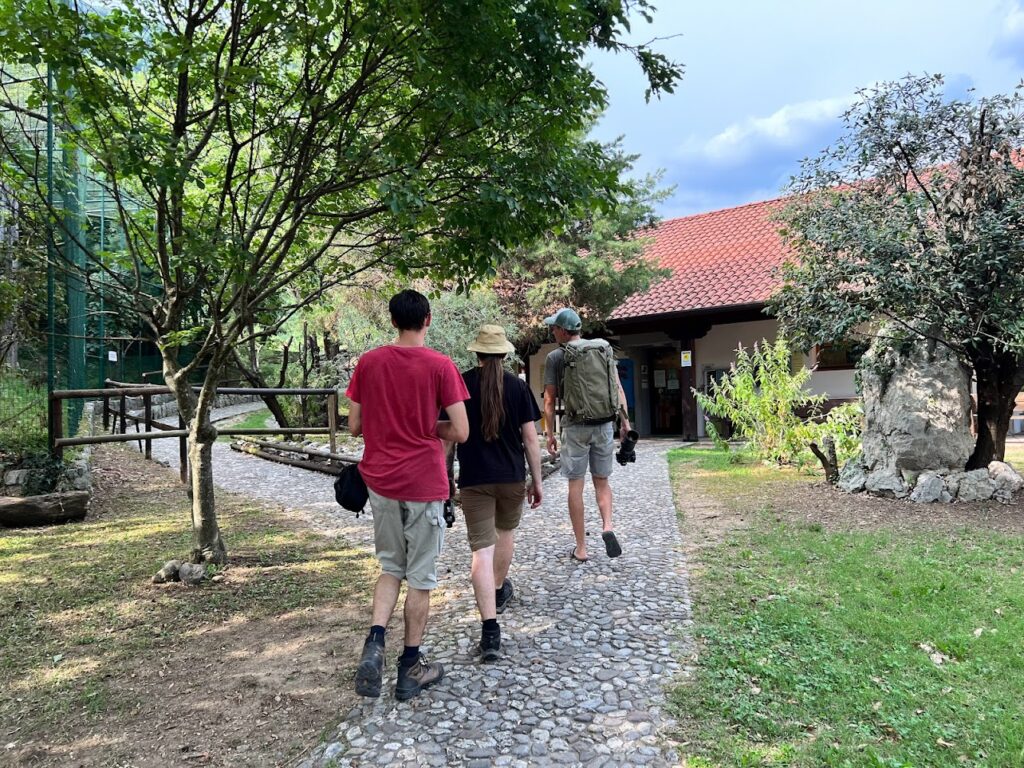
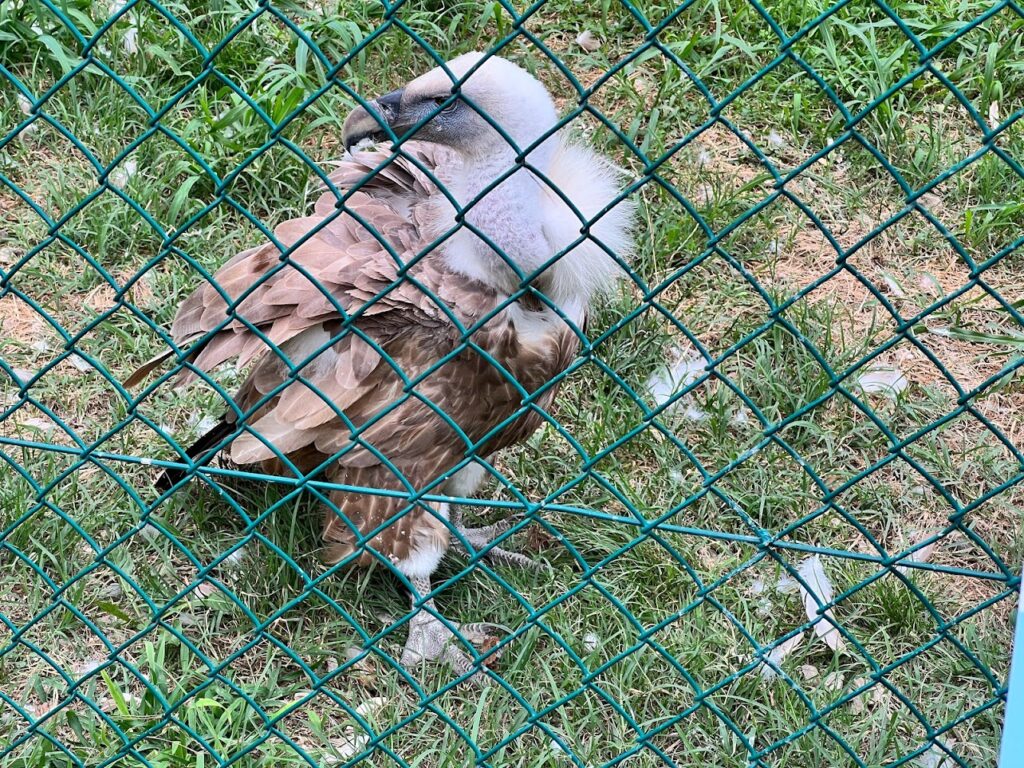
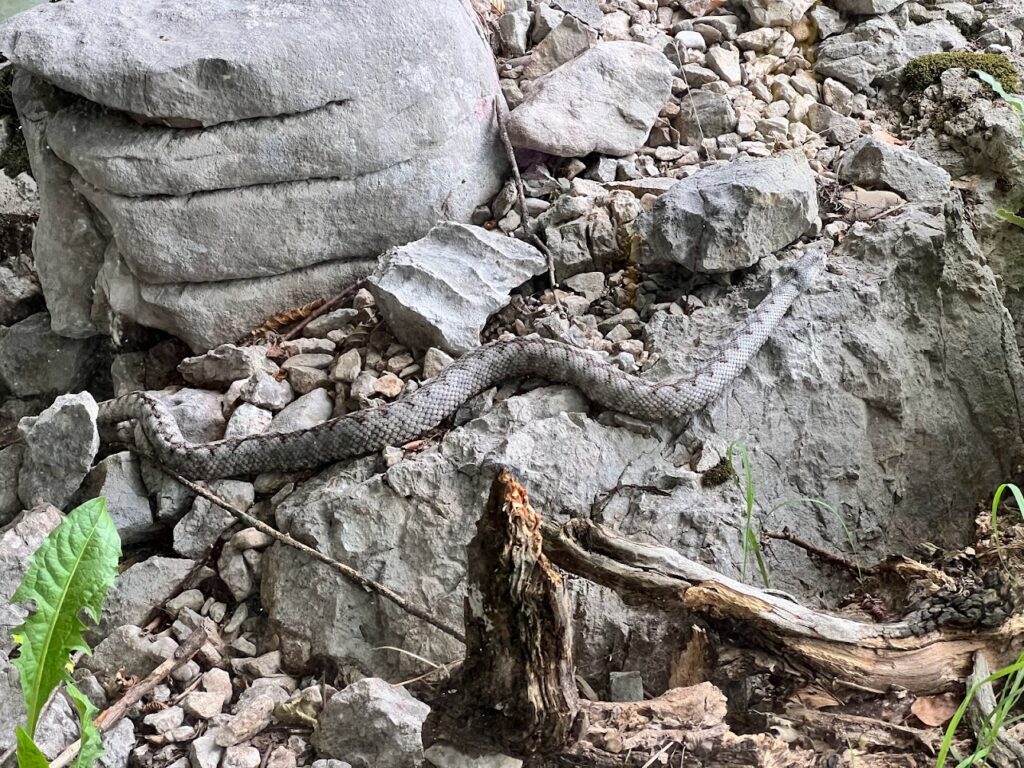
We arrived in the vicinity of Trento after dark, found a nice place to sleep and then set off to the location of the target species of our expedition, one of the rarest amphibians in Europe – the “golden” alpine salamander (Salamandra atra aurorae). First we encountered some really big female toads. We passed through several potholes, remnants of a storm that destroyed one of the local salamanders’ habitats here a few years ago. When we got above 1400 m.a.s.l., the forest changed a bit and became significantly wetter, with a greater abundance of mosses and ferns. We looked around the road for a while, until Tomáš triumphantly exclaimed “I have one!”. We all joyfully ran towards him and began to admire the beautiful creature at his feet. We took a few quick photos and shots and since Tuesday had already turned into Wednesday, we headed back to the car.
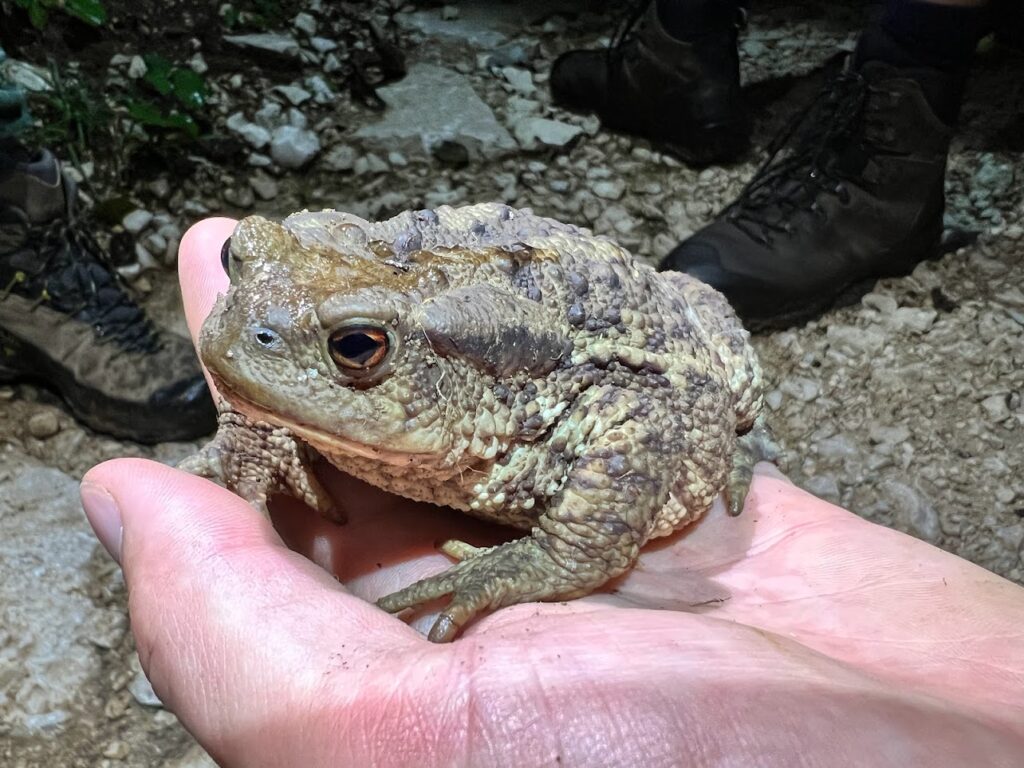
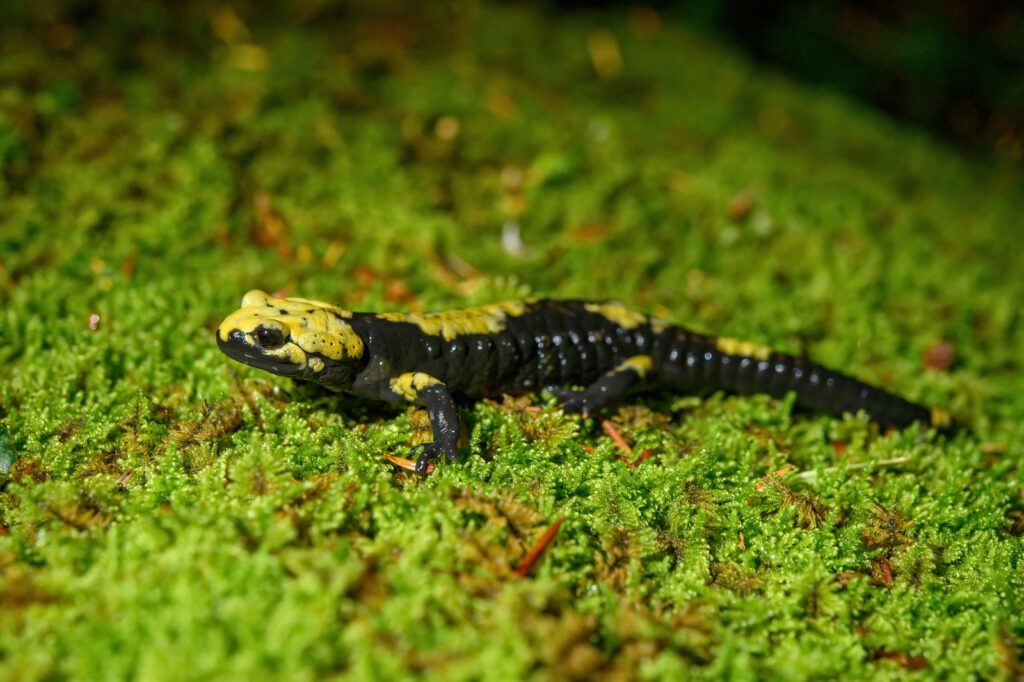
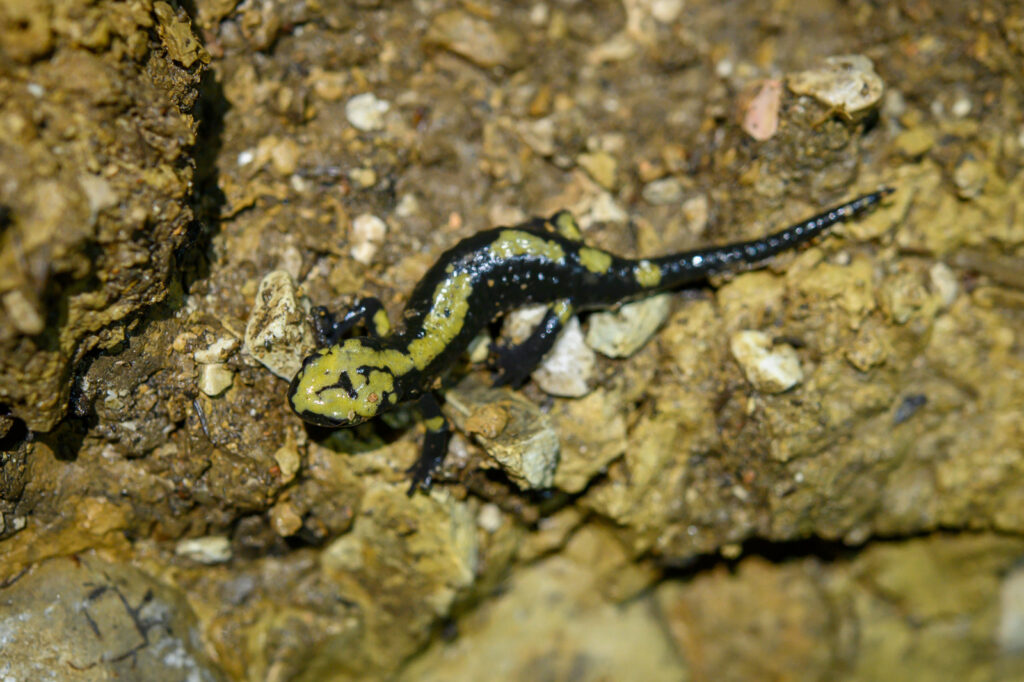
In the morning we quickly packed up the camp, strengthened ourselves with breakfast and coffee and set off again to the same place. No sooner had we reached the top than we were overtaken by a storm and heavy rain. Fortunately, it only lasted a moment and we survived it unscathed under the trees. It actually came in handy, because right after the rain is the best time to look for salamanders, and that’s how we also managed to find a few more individuals. In addition to them, we again met several toads and common frogs and two alpine newts.
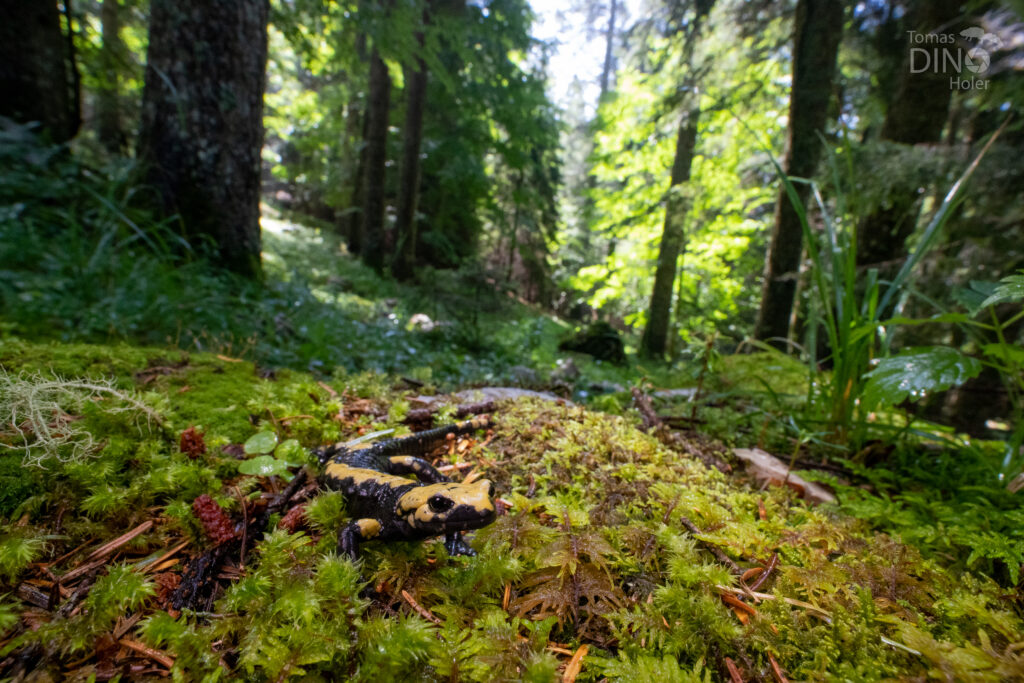
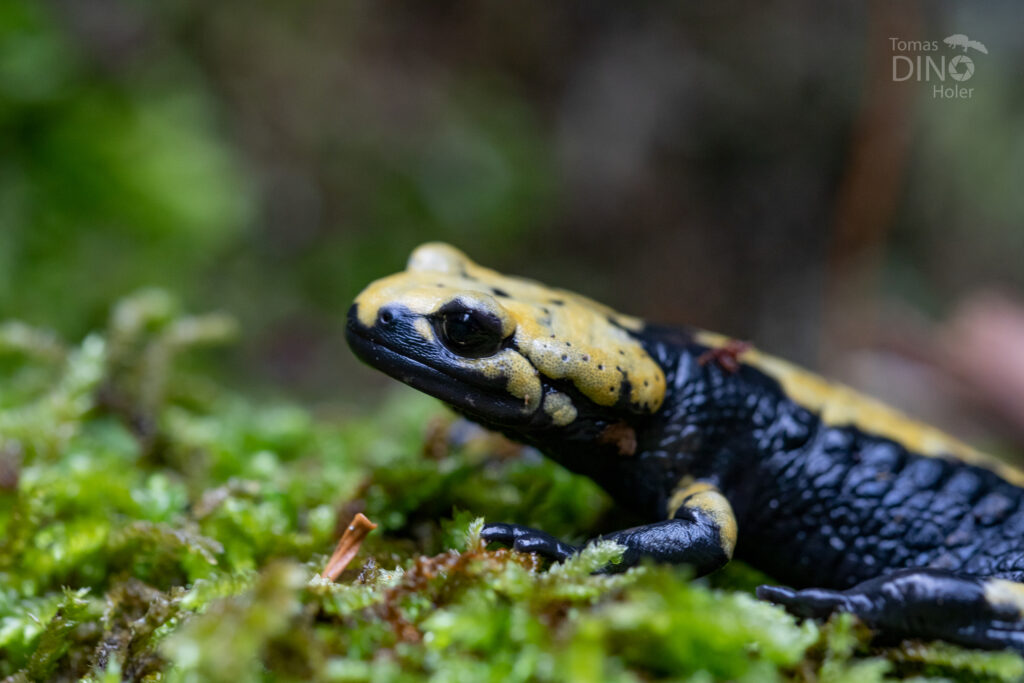
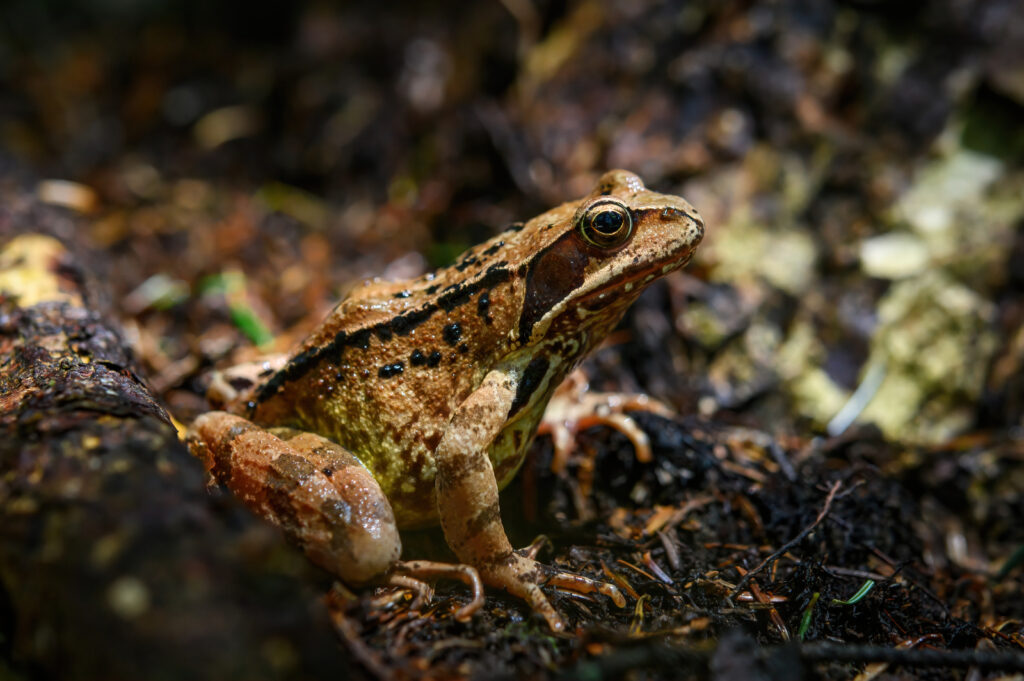


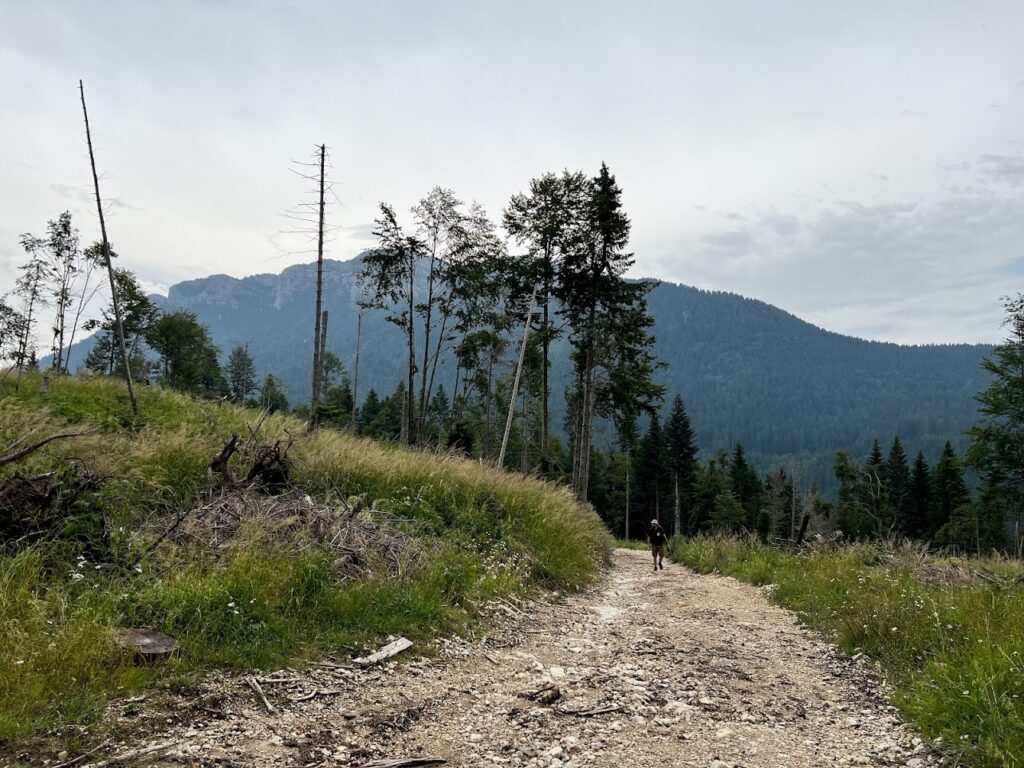
Satisfied, we set off on our way to the apartment in the nearby town of Arsiero, which we had pre-booked for the last two nights. We tried in vain to find an open restaurant during the siesta, so we were left with only our own food supplies. It was extremely hot, so we went to the river for a swim. However, the swift mountain water was almost icy and only Petr and Tomáš dared to dive into it. When Petr returned to the shore, he saw a swift dice snake under the water (Natrix tessellata). We originally wanted to go to the site of another salamander – Salamandra atra pasubiensis – in the evening, but the local herpetologist discouraged us from doing so. A heavy storm was approaching and life is at stake in that kind of weather up there. As usual, we preferred to follow the local’s advice and only went to a local restaurant for dinner.
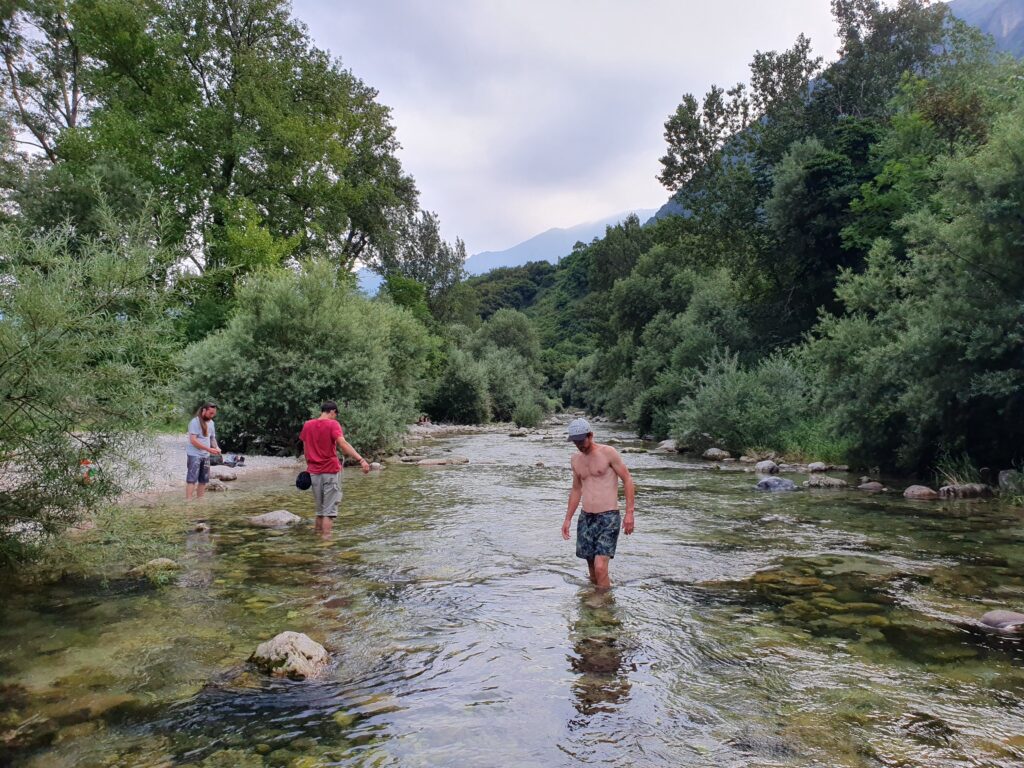

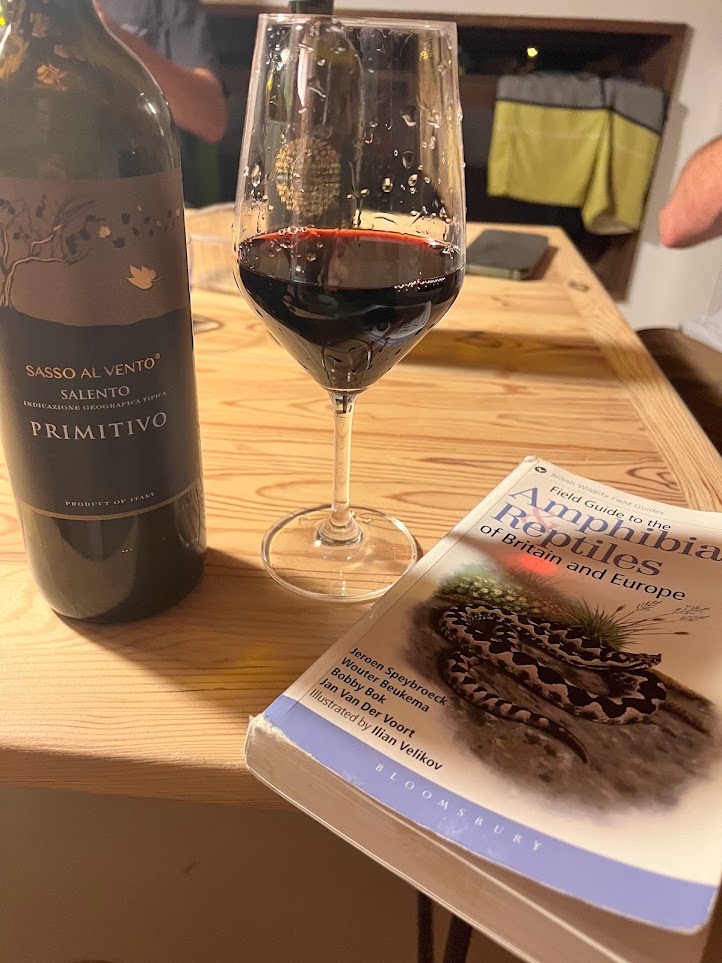
In the morning we got up quite early and set off. First, we searched for old ruins in the foothills of the Pasubio rock massif, where we found several wall lizards (Podarcis muralis) and also a couple of eastern green lizards (Lacerta bilineata). In one of the numerous springs, also the larva of the fire salamander (Salamandra salamandra).
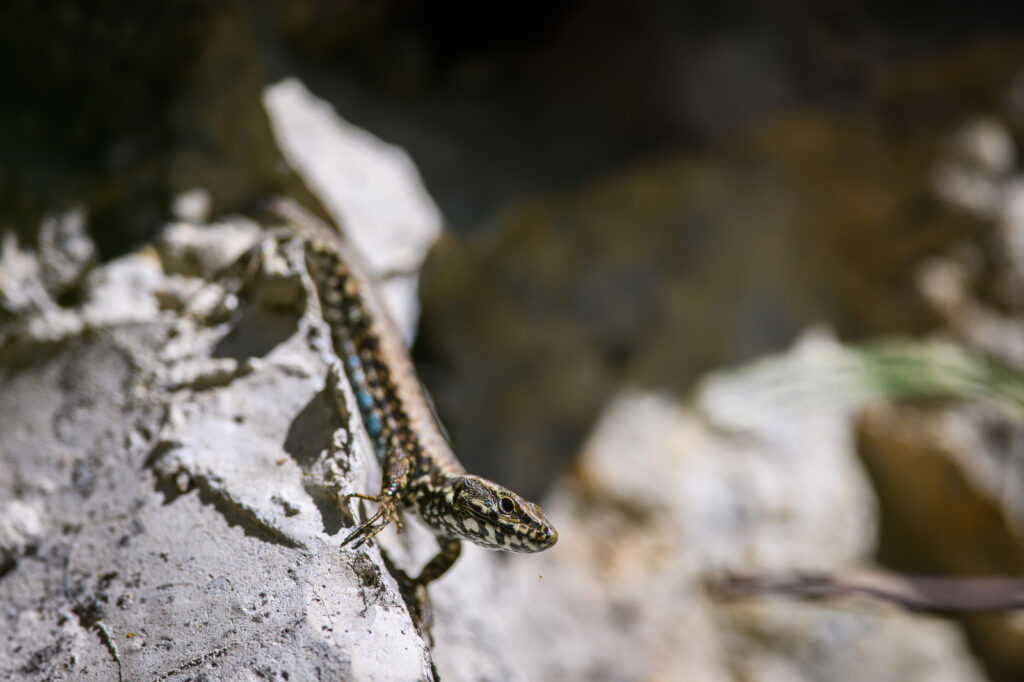
After that, a long ascent with an elevation gain of 600m awaited us. We climbed higher and higher through the challenging terrain, carefully walking along narrow paths above a steep precipice. At one point we met an agile frog (Rana Dalmatian) in a quite unexpected place, and a chamois ran here and there not far from us.
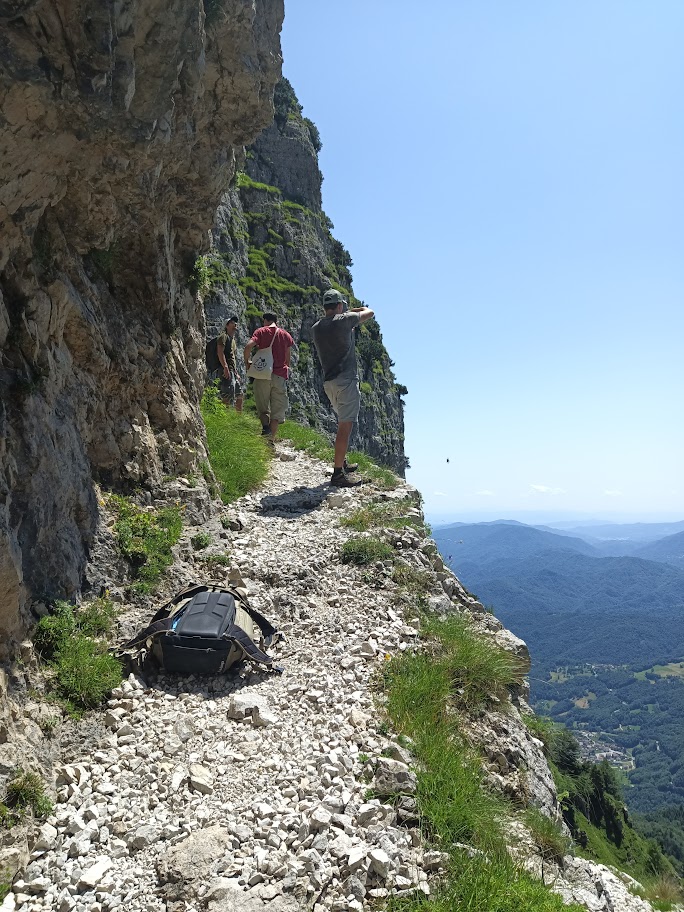

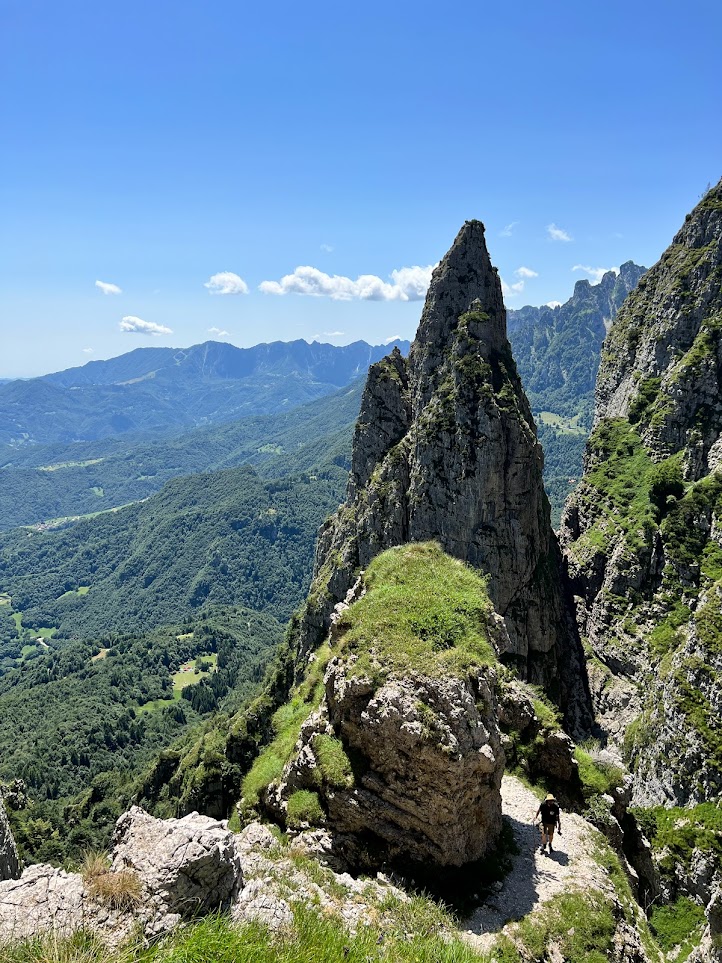
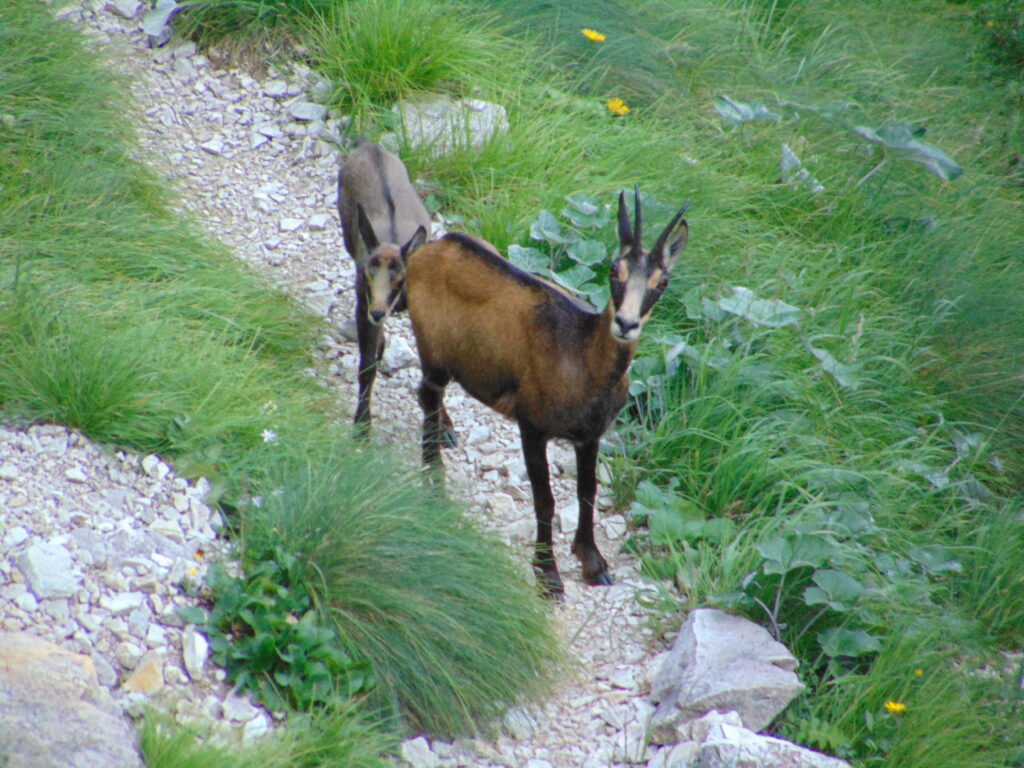

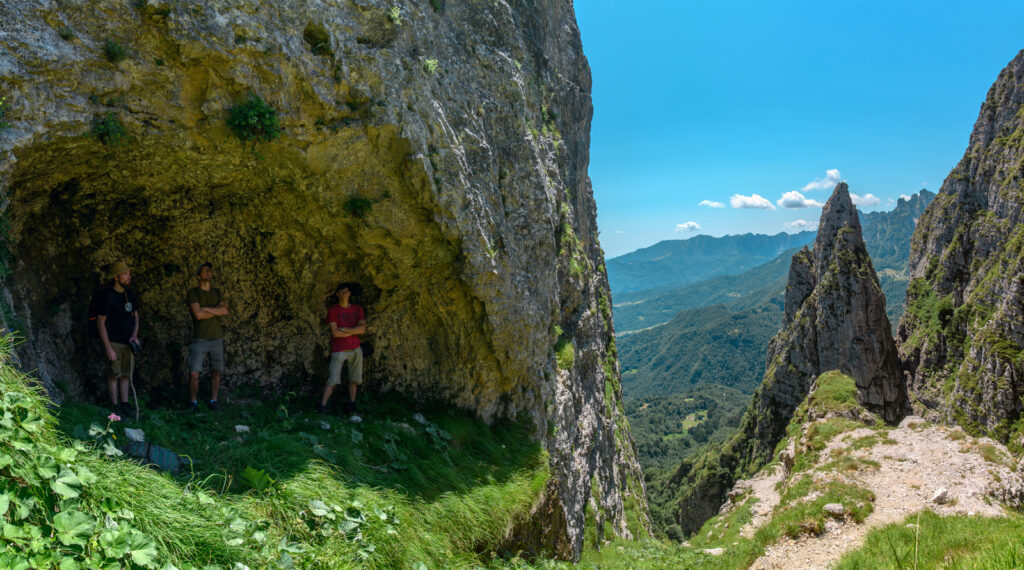
When we finally reached 1600 m.a.s.l., we started looking for a place I knew from a photo in a book about tailed amphibians of the world. However, we were not sure if we were even in the right valley. We more or less estimated the location from satellite images. In contrast to the photo, everything around us seemed very steep. Petr went for a walk a little higher and after a while we heard him calling that he saw a viper. We ran towards it and for a moment we glimpsed the body of a beautiful viper (Vipera aspis francisciredi) among the stones and roots overhanging the road. Tomáš tried to catch it, but the viper quickly hid among the stones. We returned to that place several more times, but to no avail. I tried to climb into a slightly less steep valley and when I looked up I realized our mistake. The photo only misrepresented the slope of the terrain and we were in an absolutely exact place. So we went in search of salamanders. But the weather was not in our favor, it was too sunny, only a few clouds in the sky and we found only a few Italian slow worms (Anguis veronensis).
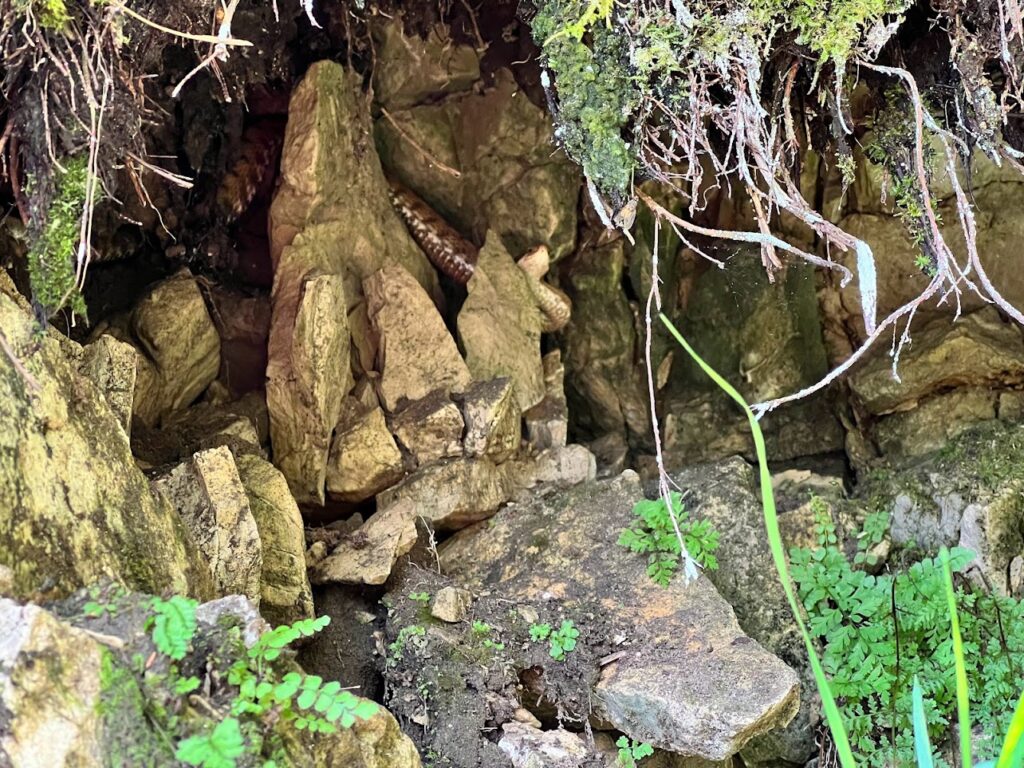
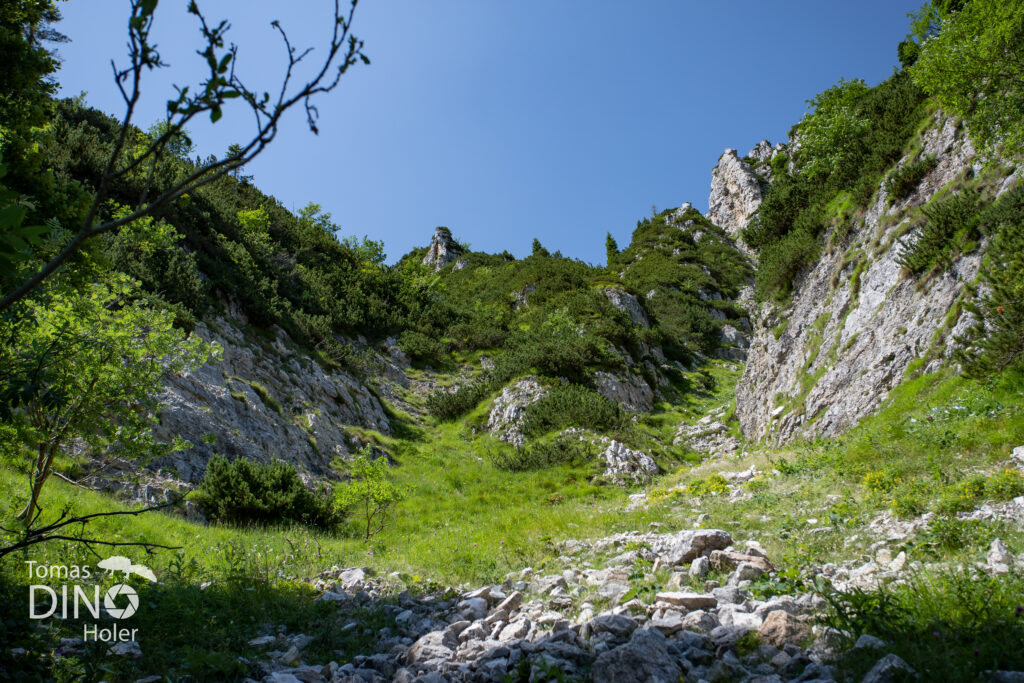
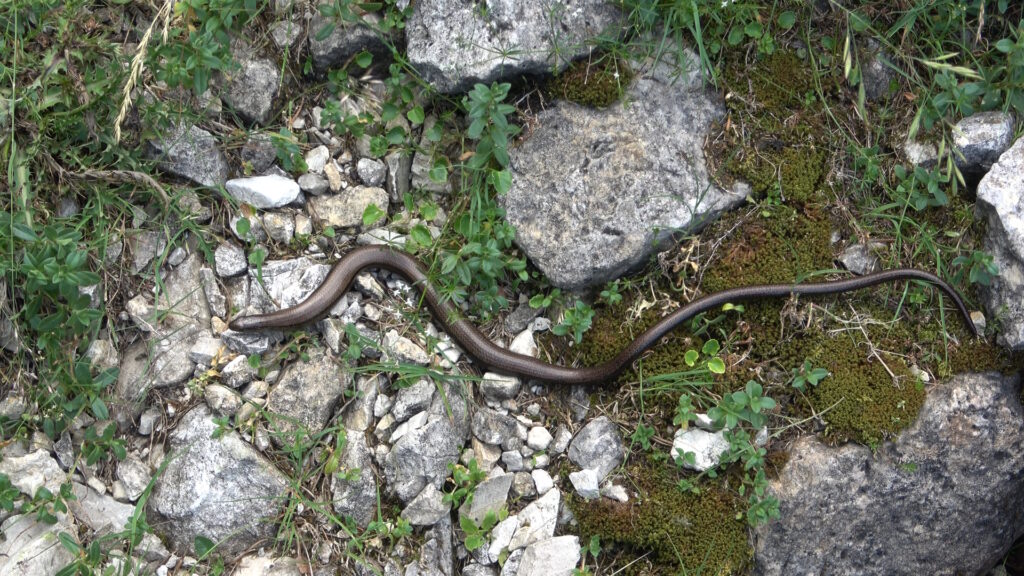
Thanks to the wonderful views and the adventurous journey, we did not regret the demanding and strenuous ascent at all. In addition, we found the exact location and now we know where to return next time!
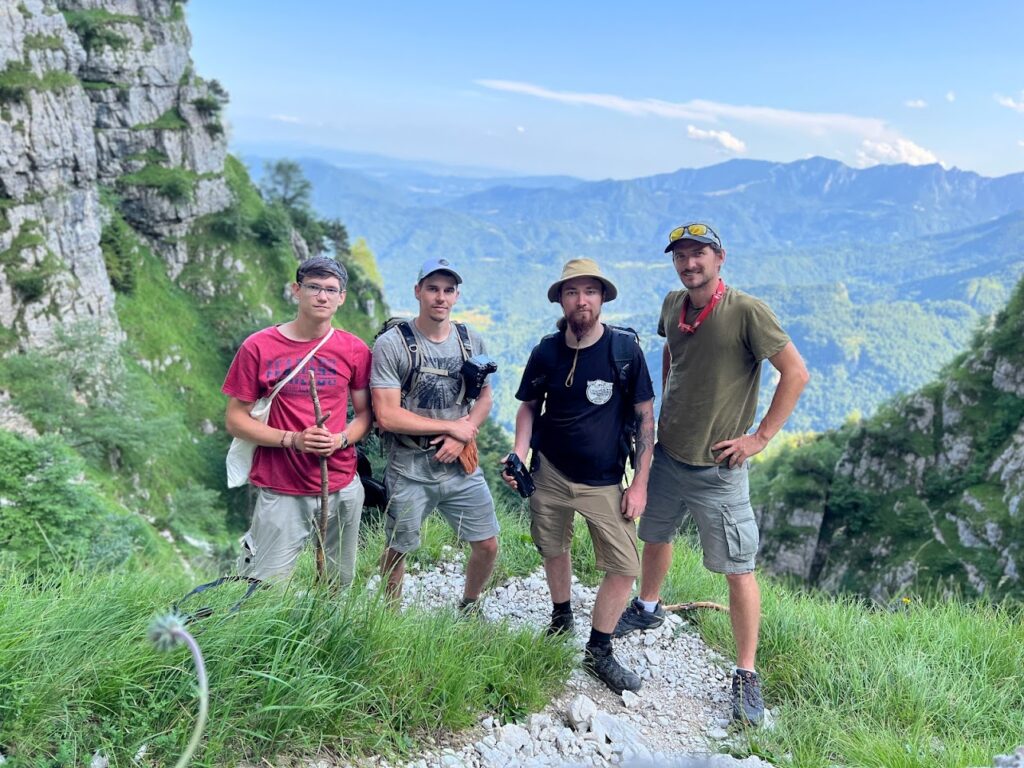
The next day we left for home. It rained all day and we dreamed of being at yesterday’s location at this moment. On the other hand, we were worried about the idea of scrambling along a dangerous path over stones slippery from the rain. When we were buying souvenirs for home in Bolzano, the weather suddenly became clear. We agreed to have one last herping somewhere nearby. We picked a nice spot at the foot of the rocks and scattered around the area. But the stones were heated almost immediately and so were the snakes we encountered. First, the whip snake (Hierophis viridiflavus carbonarius) escaped from us, and then two more quick and unidentifiable snakes. Nevertheless, we found at least a nice location for our next trips.
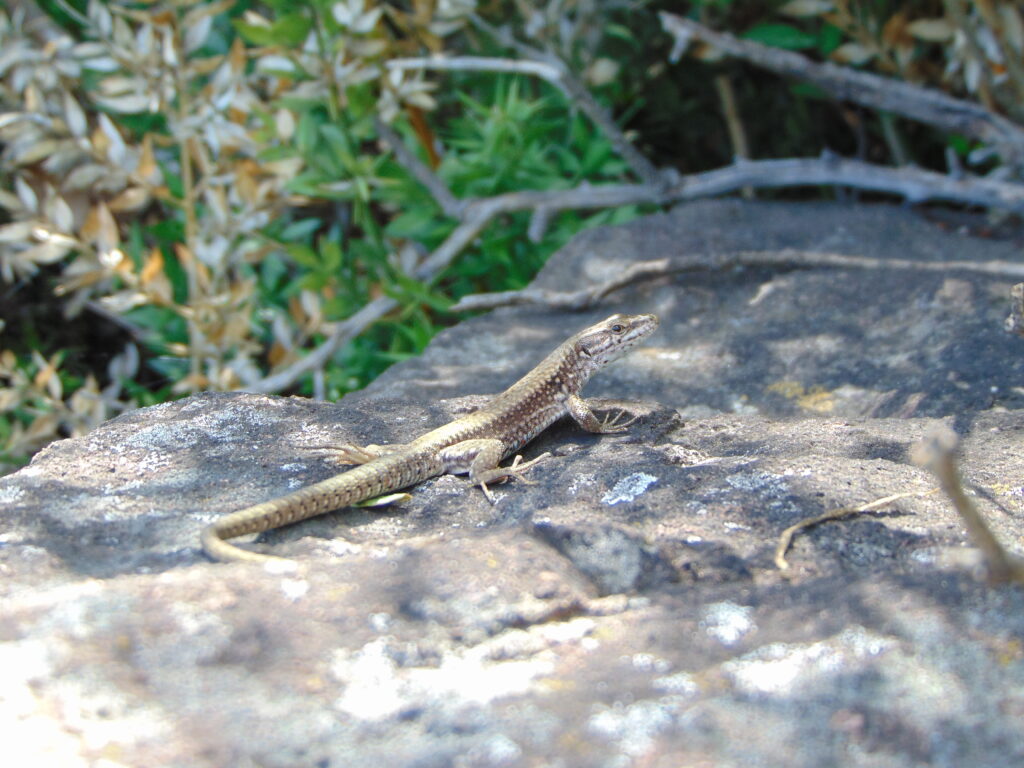
At the beginning of the trip, I was not at all sure whether we would be able to find at least one of the target subspecies of the alpine salamander. In the end, we consider the expedition a success and one day we will return to the Italian Alps, because they still hide many other treasures!
Herpetology.cz,
Dino
